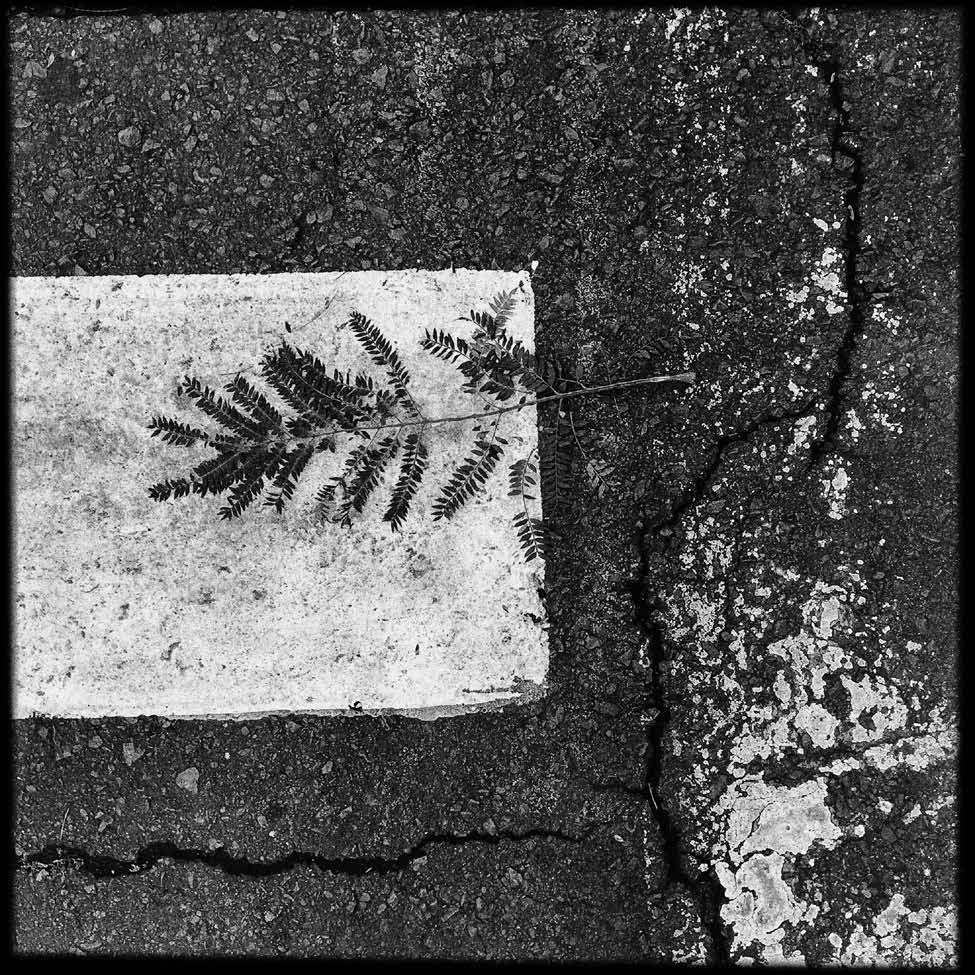Opening the city from the thresholds
An approach to the Stavrides theory
DOI:
https://doi.org/10.24275/FNWV1484Keywords:
spatiality, emancipation, occupation, meeting, enclaveAbstract
The threshold and its opposite, the enclave, have been part of the history of cities since their very foundation. The threshold represents the desire to cross the space of oneself, of the equal, and enter the stormy field of human interactions. The enclave, on the other hand, self-involves whoever applies it, be it a community or a space. The first walls that protected and delimited the urban terrain established a first barrier that over the centuries has been modified and oscillated in its degree of opening or closing. In contemporary cities, these walls have moved inside, segregating neighborhoods and gated communities and giving way to a dual city.References
Amouroux, C. (2009). "Normalizing Christiania: Project Clean Sweep and the Normalization Plan in Copenhaguen". En City & Society, 21(1), 108-132.
Arvanitidis, P. y Papagiannitsis, G. (2020). "Urban open spaces as a commons: The credibility thesis and common property in a self-governed park of Athens, Greece". En Cities, 97.
Capel, H. (2007). "El debate sobre la construcción de la ciudad y el llamado "Modelo Barcelona". En Scripta Nova. Revista Electrónica de Geografía y Ciencias sociales, x1(233). Recuperado de: http://www.ub.es/ geocrit/sn/sn-233. htm.
Castoriadis, C. (1997). "Hablando con Cornelius Castoriadis" (Entrevista realizada por Jean Liberman). En Le Nouveau Politis, 434. Recuperado de: http://www.topia.com.ar/articulos/hablando-con-cornelius-castoriadis
Coppola, A. y Vanolo, A. (2015). "Normalizing autonomous spaces: Ongoing transformations in Christiania, Copenhagen". En Urban Studies, 52(6), 1152-1168.
De Angelis, M. y Stavrides, S. (2010). "On the Commons: A Public lnterview with Massimo De Angelis and Stavros Stavrides". En E-flux, 17.
De Certeau, M. (2008). "Andar la ciudad". En Bifurcaciones, 7.
Debarbieux, B. (2006). Prendre position: réflexions sur les ressources et les limites de la notion d'identité en géographie. En L'Espace Géographique, 4, 340-354. Recuperado de: http://www.cairn.info/revueespace-geographique-2006-4-page-340. htm
Debarbieux, B. (2012). "Turismo, Imaginarios e Identidades: invertir el punto de vista". En Via@, Revista Internacional lnterdisciplinar de Turismo, 1. Recuperado de: http://www. viatourismreview.net/Article1_ES.php
Delgado, M. (1999). El animal público. Hacia una antropología de los espacios públicos. Barcelona: Anagrama.
Delgado, M. (2018). "Elogio y rescate de Henri Lefebvre". En El País. Recuperado de: https://elpais.com/elpais/2018/03/16/seres_urbanos/1521194122_ 492095.html
Han, B-C. (2017). La expulsión de lo distinto. Barcelona: Herder.
Hardt, M. y Negri, A. (2004). Multitud. Guerra y democracia en la era del Imperio. Madrid: Debate.
Hiernaux, D. (2006). "Repensar la ciudad: la dimensión ontológica de lo urbano". En Liminar. Estudios Sociales y Humanísticos, 4(2), 7-17.
Holloway, J. (2002). Cambiar el mundo sin tomar el poder: el significado de la revolución hoy. Barcelona: El Viejo Topo.
Merrifield, A. (2013). The Politics of the Encounter: Urban Theory and Protest under Planetary Urbanization. Georgia: University of Georgia Press.
Mudu, P. (2004). "Resisting and Challenging Neoliberalism: The Development of ltalian Social Centers". En Antipode. A Radical Journal of Geography, 36(5), 917-941.
Pedon, N. R. (2013). Geografía e movimentos sociais: dos primeiros estudos a abordagem socioterritorial. Sao Paulo: UNESP. Rendueles, C. (2013). Sociofobia. El cambio político en la era de la utopía digital. Madrid: Capitán Swing.
Ruggiero, V. (2000). "New social movements and the 'centrisociali' in Milan". En The Sociological Review, 48(2), 167-185.
Salazar, N. (2010). Envisioning eden: mobilizing imaginaries in tourism and beyond. New York: Berghahn Books.
Sennet, R. (2014). L'espai Públic: un Sistema Obert, un Procés lnacabat. Barcelona: Arcadia.
Smith, N. (2009). "The Revolutionary lmperative". En Antipode, 41, 50-65.
Sorkin, M. (ed.), (2004). Variaciones sobre un parque temático: la nueva ciudad americana y el fin del espacio público. Barcelona: Gustavo Gili.
Stavrides, S. (2007). "Espacialidades de emancipación y la 'ciudad de umbrales"'. En Bajo el Volcán, 7(11), 117-124.
Stavrides, S. (2010). "The December 2008 Youth Uprising in Athens: Spatial Justice in an Emergent 'City Of Thresholds'". En Spatial Justice, 2.
Stavrides, S. (2012). "Squares in Movement". En South Atlantic Quarterly, 111(3), 585-
doi: 10.1215/00382876-1596308. Stavrides, S. (2014). "Emerging Common Spaces as a Challenge to the City of Crisis". En City: Analysis of Urban Trends, Culture, Theory, Policy, Action, 18(4-5), 546-550. doi: 10.1080/13604813.2014.939476.
Stavrides, S. (2016). Hacia la ciudad de umbrales. Madrid: Akal.
Troploin. (2012). El timón y los remos: preguntas y respuestas. Madrid: Klinamen.
Tutor Antón, A. (2018a). "Stavrides, Stavros. Hacia la ciudad de umbrales". En Cuadernos de Geografía: Revista Colombiana de Geografía, 27(2), 407-410.
Tutor Antón, A. (2018b). Ensanchando el campo de lo posible. Los Centros Sociales como reformulación del espacio público. Tesis doctoral. Universitat Autonoma de Barcelona.
Zibechi, R. (2008). Autonomías y emancipaciones: América Latina en movimiento. México: Bajo Tierra-Sísifo.

Downloads
Published
How to Cite
Issue
Section
License
Copyright (c) 2020 ANUARIO DE ESPACIOS URBANOS, HISTORIA, CULTURA Y DISEÑO

This work is licensed under a Creative Commons Attribution-NonCommercial-ShareAlike 4.0 International License.









